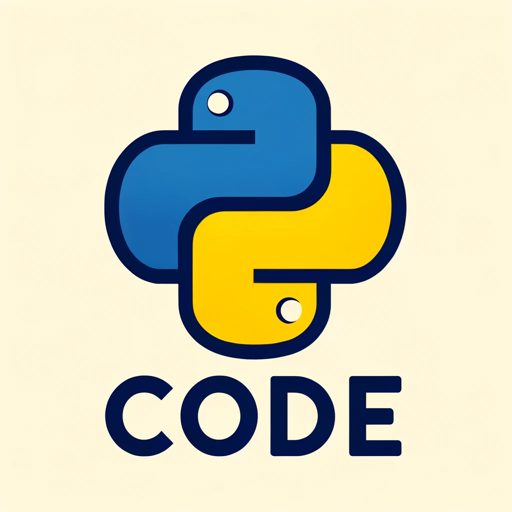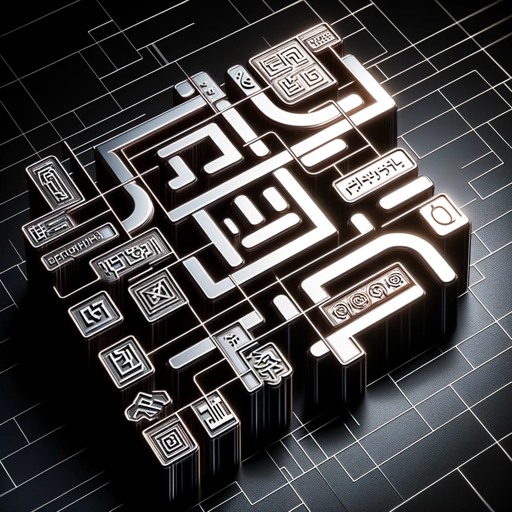5E Combat Encounter Builder-AI encounter builder for D&D 5E.
AI-powered D&D 5E encounter generator.
Let's start...
Related Tools
Load More
DnD Character Crafter
Step-by-step Character Creator Tool that Generates both a Dungeons and Dragons image of your Character as well as a PDF summary of all Character details .

DnD Builder
D&D Adventure and Character Builder
Dungeon Adventure Engine RPG
Your personal adventure roleplaying game without boundaries

Dungeon Architect
Expert in D&D (Dungeons and Dragons or Dnd) gameplay, narrative, character, item, encounter creation, and campaign advice utilizing templating for ready to use results.
Dungeon and Dragons Character Creator Assistant
Tap into the D&D API for the most accurate character builds. Design and visualize greatness! The BEST Dungeons and Dragons tool on the Market.

Pathfinder 2E Minion
GM's guide for encounters & stat blocks
20.0 / 5 (200 votes)
Overview of 5E Combat Encounter Builder
The 5E Combat Encounter Builder is designed to assist Dungeon Masters (DMs) in crafting engaging and balanced combat scenarios for Dungeons & Dragons 5th Edition (5E). Its primary purpose is to provide tools for creating tailored combat encounters that match the party's level, size, and desired difficulty, following the official rules and guidelines found in *Xanathar's Guide to Everything*. The system supports diverse encounter styles, from straightforward battles to complex, strategic engagements. For example, if a DM is running an adventure in a swamp environment, the tool can generate an encounter with creatures native to that setting, like shambling mounds or lizardfolk, while ensuring the combat difficulty aligns with the party's strength. Additionally, the encounter builder allows the DM to modify encounters by incorporating specific environmental factors, such as time of day or special terrain, to make the scenario more dynamic. The overall goal is to streamline encounter preparation and give DMs a framework for balancing fun, challenge, and narrative cohesion.

Core Functions of 5E Combat Encounter Builder
Encounter Creation
Example
A party of four 5th-level adventurers ventures into a forest where they are ambushed by a pack of displacer beasts. The Combat Encounter Builder calculates the party's strength and selects an appropriate number of monsters, ensuring the encounter is balanced.
Scenario
The DM wants a challenging but fair fight for their party, taking place during a forest journey. Using the builder, they can easily create an encounter with creatures suited to the environment and party level, making adjustments to match the difficulty level the players prefer.
Custom Combat Scenario Design
Example
The DM wants to set a battle in a cavern where the ceiling is fragile, with a risk of collapse. The builder helps incorporate these terrain features, creating a strategic challenge where the party can use the environment to their advantage.
Scenario
In a battle against a group of bandits inside a cave, the DM can use the Combat Encounter Builder to add dynamic environmental elements like stalactites that could fall when attacked. This makes the battle not just about defeating enemies but also about using the environment creatively.
Treasure and Loot Generation
Example
After defeating a band of undead in a ruined crypt, the party discovers treasure hidden beneath the floor. The builder generates a d20 treasure table, offering a range of items such as potions, gold, and rare magical artifacts.
Scenario
Once the party defeats a group of zombies, the DM can use the builder to generate a random treasure table, complete with both mundane items like healing potions and rare magical gear like a **Ring of Protection (rare)**, adding a rewarding element to the encounter.
Target User Groups for 5E Combat Encounter Builder
Dungeon Masters (DMs)
DMs, both new and experienced, are the primary users of the 5E Combat Encounter Builder. They benefit from its ability to quickly craft balanced and thematic encounters based on party composition, desired difficulty, and narrative context. For new DMs, the tool reduces the complexity of encounter building by automating many calculations. Experienced DMs can use the builder to fine-tune encounters, adding advanced terrain and environmental factors. By offering customizable combat scenarios, the builder enhances game preparation efficiency and helps DMs focus on storytelling and game flow.
Game Designers or Campaign Writers
Game designers creating pre-written campaigns or adventure modules also benefit from the Combat Encounter Builder. By using the tool, designers can ensure that their encounters are balanced for different party compositions. The builder’s ability to generate tailored combat scenarios, complete with loot and strategic combat elements, ensures a dynamic experience for players across various levels and playstyles, making it invaluable in pre-publishing testing or campaign design.

How to Use 5E Combat Encounter Builder
1. Access the Tool
Visit aichatonline.org for a free trial without login, also no need for ChatGPT Plus. It offers an intuitive interface for encounter creation.
2. Enter Party Details
Input the party size, levels of the players, and other details like their abilities to generate encounters suitable for the group.
3. Set Encounter Parameters
Choose the setting, difficulty (easy, medium, hard, deadly), and type of encounter (e.g., standard combat, strategic, boss fight) based on your campaign needs.
4. Generate Custom Encounters
Review suggested encounters and select the one that fits your campaign. The tool will calculate balanced monster groups and tactics.
5. Review Combat Tactics & Loot
Once an encounter is selected, analyze the combat strategies, monster stats, and loot tables to fit your story or adjust for your session.
Try other advanced and practical GPTs
SEO Optimized Blog Writer and Analyzer
AI-powered SEO Content Creation and Analysis

头像助理
AI-Powered Avatar Creation Tool

Only Python Code GPT
AI-powered Python code generator.

FAANG Interviewer
AI-powered FAANG interview simulator.

Love Me or Not
AI-powered romantic analysis for deeper connections
全球AI快讯
Stay Informed with AI-Powered News

Advanced Twitter Search
AI-powered precision for Twitter searches.

学术论文翻译
AI-powered academic translation tool

Focus Friend
AI-powered focus to boost productivity

Local SEO For Small Business AI
AI-powered Local SEO Made Simple

Harold the Weather Painter
AI-generated weather art in an instant

编剧老梁
AI-powered story and screenwriting assistant

- Campaign Setup
- Dungeon Master
- Combat Design
- Encounter Balancing
- Loot Generation
Frequently Asked Questions about 5E Combat Encounter Builder
How does the tool calculate encounter difficulty?
The tool follows the encounter building guidelines from *Xanathar's Guide to Everything*, factoring in party size, level, and monster CR to create balanced encounters for different difficulty levels.
Can the tool generate encounters for any environment?
Yes, the tool supports a wide range of environments like forests, dungeons, caves, and swamps. You can specify the environment, and the tool will select monsters and themes that suit it.
Is it possible to customize the monsters used in the encounter?
Yes, after the tool generates an encounter, you can replace or tweak the monsters according to your story needs. It allows full customization of combatants and tactics.
Does the tool offer solutions beyond combat?
Absolutely. While combat is the primary focus, the tool can suggest stealth, negotiation, and alternative methods for resolving conflicts based on your preferences.
How does it help with loot generation?
The tool creates a custom d20 treasure table tailored to the environment and encounter, ensuring a balanced mix of common, rare, and thematically appropriate loot items.